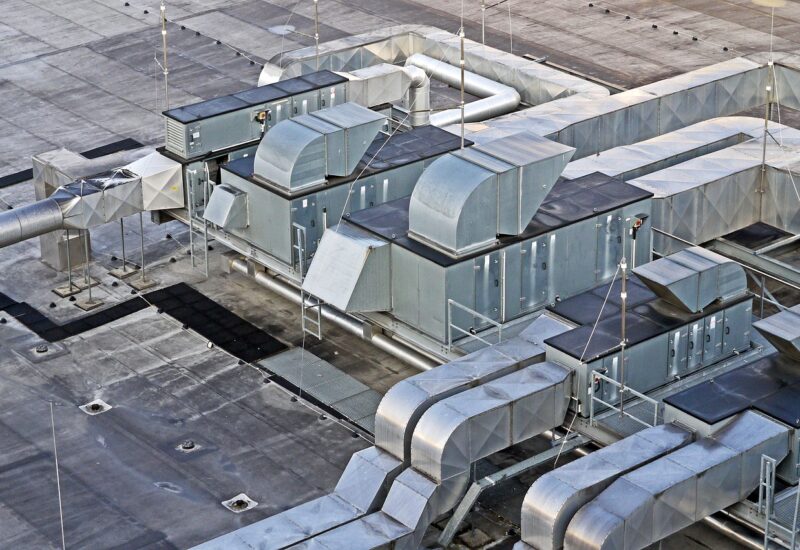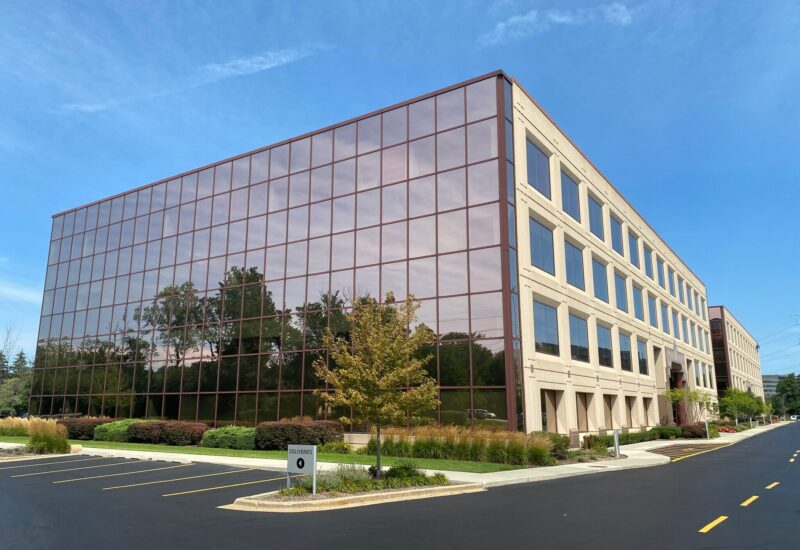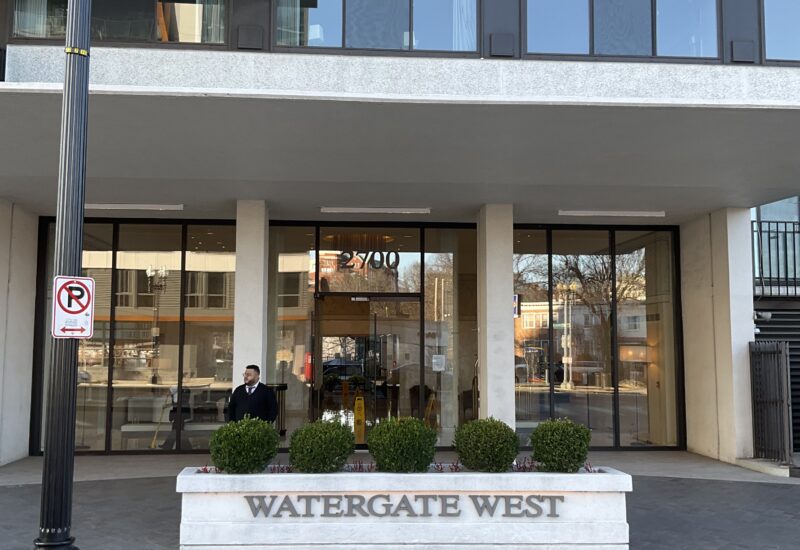Last week Washington DC’s Department of Energy and Environment (DOEE) released the “BEPS Greenhouse Gas Study” that was mandated by Title III of the CleanEnergy DC Omnibus Amendment Act of 2018 (CEDC Act and D.C. Official Code § 8–1772.21). This is the same legislation that created DC’s Building Energy Performance Standards (BEPS) Program. “The purpose of the study is to assess which combination of policy structures, metrics, and compliance pathways would serve as the optimal BEPS policy in the District for reducing greenhouse gas (GHG) emissions.”
As expected, the study does recommend changing to a standard based on reducing both energy use intensity and reducing contribution to GHG emissions of DC buildings. Although the report is not policy and much has to happen to amend the current BEPS program, the report does provide us with some interesting tea leaves to read. Here is what you need to know:
- It is not policy, yet. The report assesses policy options and their potential impact on reducing GHG emissions from DC’s buildings. For a change to be made, legislative changes will have to be made by the City Council.
- The report recommends converting BEPS to a Trajectory Policy with both energy use intensity and GHG emissions targets. A Trajectory Policy sets performance targets that are to be achieved at some point in the future (e.g., 2050). A building’s trajectory is established by drawing a straight line between a building’s baseline performance in the base year (e.g., 2032) and the final target in the final target year. This policy includes interim targets that are established by the trajectory line for each property. This policy would also be similar to the approach taken in Montgomery County, Maryland.
- Eliminating on-site fossil fuel use is likely required to meet the standard. Although the report does not explicitly recommend the final targets that the policy should set, it does state that the recommended approach would require the gradual phase-out of on-site GHG emissions and thus encourage electrification.
- The current BEPS policy is likely to remain in place through one more BEPS cycle. The report recommends that the policy not be changed before 2032. This means that the next BEPS cycle, which will begin on January 1, 2027, will remain an energy performance standard.
- This proposed policy change is projected to save emissions of 2.225 MMT Carbon Dioxide equivalent (CO2e) by 2045 compared to the current policy if it goes into effect in 2032.
So, what does this mean for building owners in DC? In the short term, the answer is not much. However, assuming the recommendations are followed, which seems likely in some form, building owners need to be thinking about the long-term elimination of on-site fossil fuels. This does not necessarily mean that you need to immediately make plans to tear out your boilers, domestic water heaters, or gas ranges. In fact, considering that BEPS will remain solely energy based for the next nine to ten years, there is a lot you can do before you shut off the gas. However, if you are faced with having to make changes to a fossil fuel-burning system in the near future, then you may want to think twice about ways you can convert that system to electric.







